"Saint David, faithful servant of God, Guide us with your wisdom and strength. Help us to live with love and devotion, Following Christ’s path with courage and humility. Intercede for us, that we may grow in faith, And be a light to others, as you were. Amen."
ST. DAVID
ST. DAVID
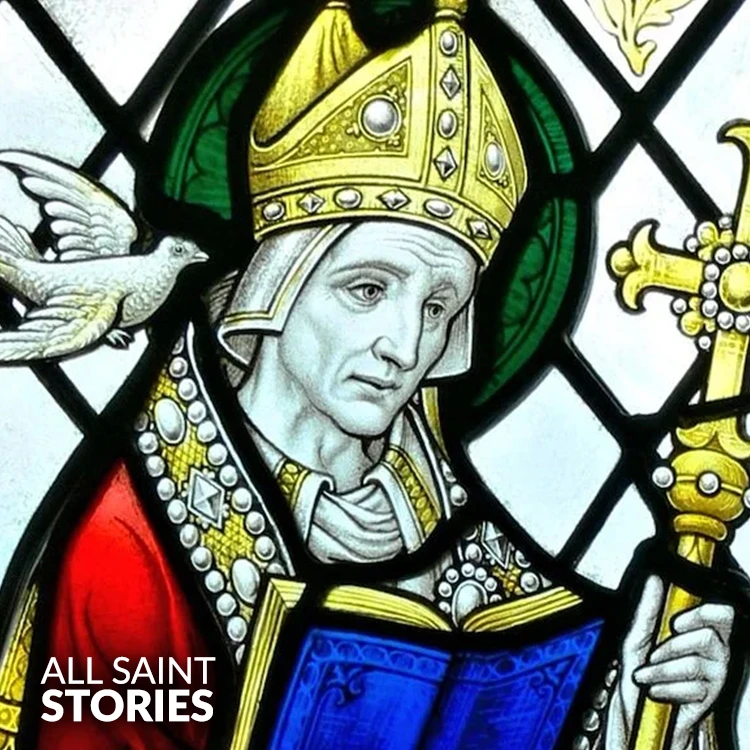
Saint David, the patron saint of Wales, was a sixth-century monk and bishop who founded monastic communities across the region. He is celebrated for his piety, asceticism, and his efforts to spread Christianity in the region. His feast day is celebrated on March 1.
Saint David, or Dewi Sant in Welsh, is one of the most revered saints in Welsh Christianity and is widely recognized as the patron saint of Wales. He was born around the year 500 AD, though the exact location of his birth is uncertain, with some sources suggesting he was born in the area now known as Glyn Rhosyn (St David's) in Pembrokeshire, Wales. David is believed to have come from noble Welsh stock, and his life’s work would leave an indelible mark on the Christianization of Wales.
David is best known for his role as a monastic leader and missionary. He founded several monastic communities, the most prominent being the monastic settlement at Glyn Rhosyn, where he served as abbot. David’s monastic rule emphasized a life of asceticism and prayer, and his followers were known for their simplicity, abstinence, and intense devotion to God. His emphasis on asceticism, living on water and vegetables, and his dedication to prayer made him a respected figure in the Christian world.
During his lifetime, Saint David worked tirelessly to spread Christianity throughout Wales, teaching the Christian faith, establishing monasteries, and converting many to Christianity. He is said to have performed many miracles during his life, the most famous of which was the well-known event when he was preaching to a large crowd, and the ground upon which he stood miraculously rose up to form a hill, ensuring that all could hear his words. This act was seen as divine confirmation of his mission and the authority with which he spoke.
Saint David is also known for his association with the Synod of Brefi in the 6th century, where it is said he gave a powerful sermon that led to the recognition of his position as the most prominent religious leader in southern Wales at the time. This synod was pivotal in shaping the Christian landscape of the region and reinforcing the role of monasticism in Welsh Christianity.
Saint David’s death is traditionally dated to March 1, 589 AD, and he was buried at the cathedral that bears his name, St David's Cathedral, located in the town of St David's in Pembrokeshire. His tomb became a site of pilgrimage, attracting thousands of people each year, particularly during the Middle Ages.
Saint David was canonized by Pope Callixtus II in the 12th century, and his feast day is celebrated on March 1, which is also a national day of celebration in Wales. The day is marked by various traditions, including the wearing of daffodils or leeks, which are national symbols of Wales. Saint David's legacy lives on, as he is remembered not only as the patron saint of Wales but also as a symbol of Christian faith and commitment to monastic life.
Saint David's life and teachings emphasize the importance of simplicity, holiness, and dedication to the service of God. He is often depicted in religious art holding a staff, a symbol of his role as a spiritual leader and guide. His legacy continues to inspire the people of Wales and Christians around the world.
Video Not Found
The information on this website is compiled from various trusted sources. While we aim for accuracy, some details may be incomplete or contain discrepancies.
If you notice any errors or have additional information about this saint, please use the form on the left to share your suggestions. Your input helps us improve and maintain reliable content for everyone.
All submissions are reviewed carefully, and your personal details will remain confidential. Thank you for contributing to the accuracy and value of this resource.
Credits & Acknowledgments
- Anudina Visudhar (Malayalam) – Life of Saints for Everyday
by Msgr. Thomas Moothedan, M.A., D.D. - Saint Companions for Each Day
by A. J. M. Mausolfe & J. K. Mausolfe - US Catholic (Faith in Real Life) – Informational articles
- Wikipedia – General reference content and images
- Anastpaul.com – Saint images and reflections
- Pravachaka Sabdam (Malayalam) – Saint-related content and insights
We sincerely thank these authors and platforms for their valuable contributions. If we have unintentionally missed any attribution, please notify us, and we will make the correction promptly.
If you have any suggestion about ST. DAVID
Your suggestion will help improve the information about this saint. Your details will not be disclosed anywhere.
© 2025 Copyright @ www.allsaintstories.com

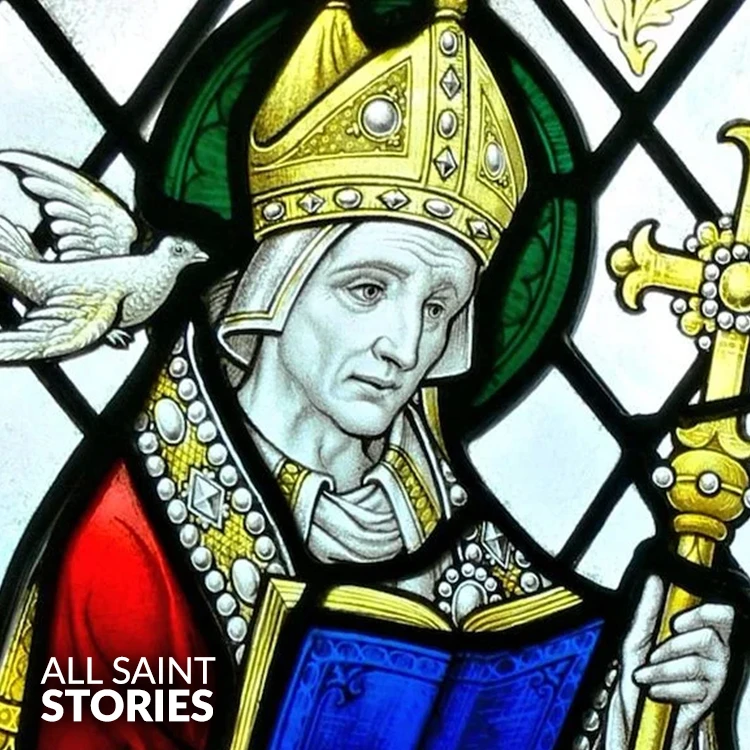
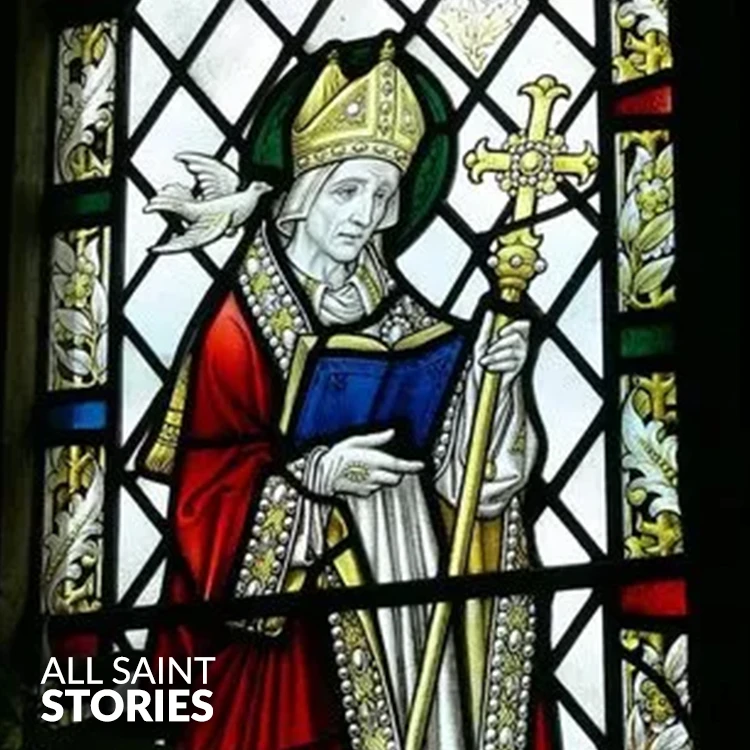

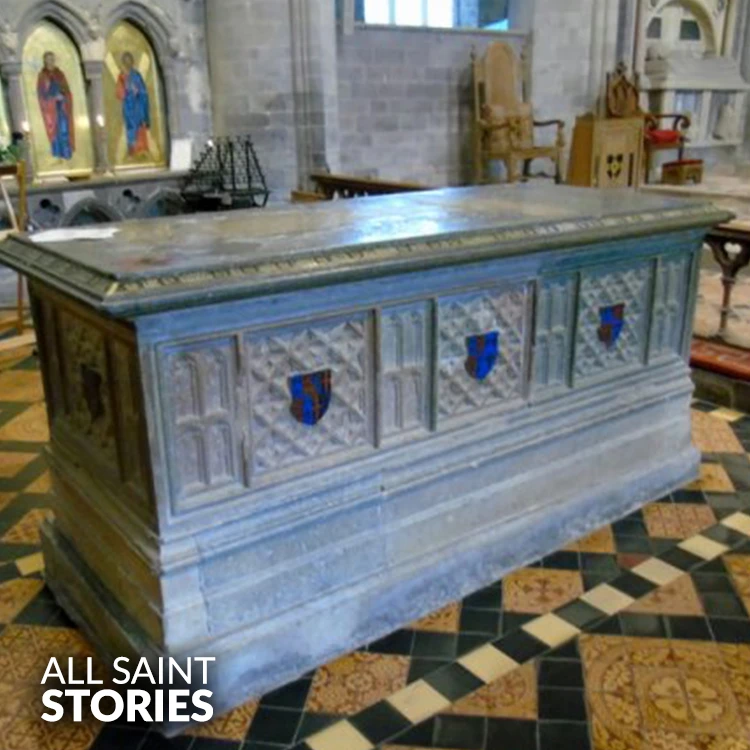

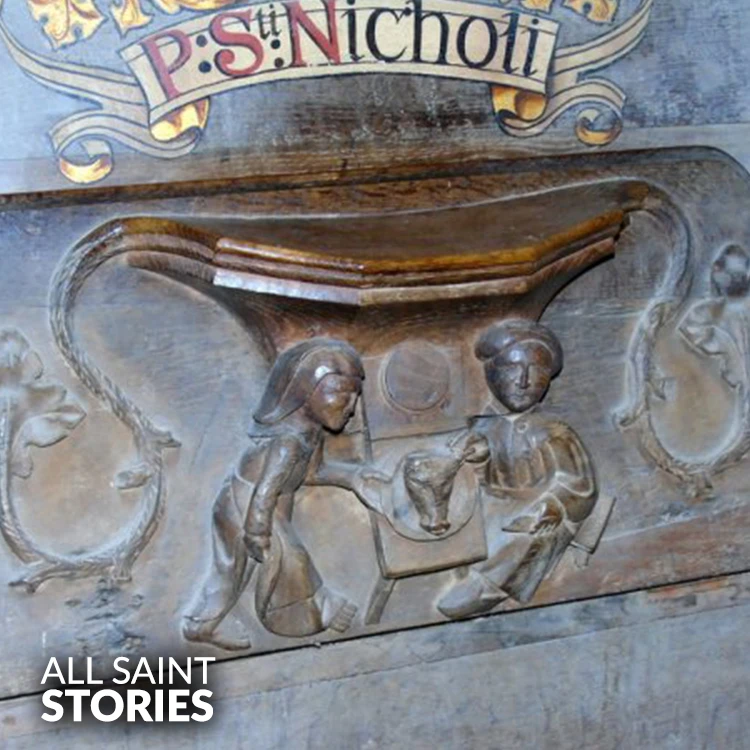
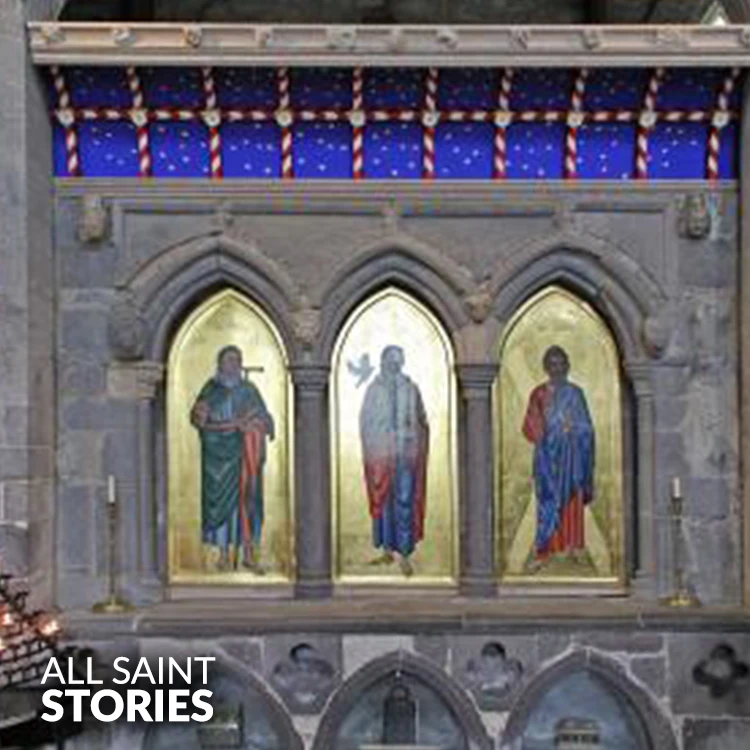



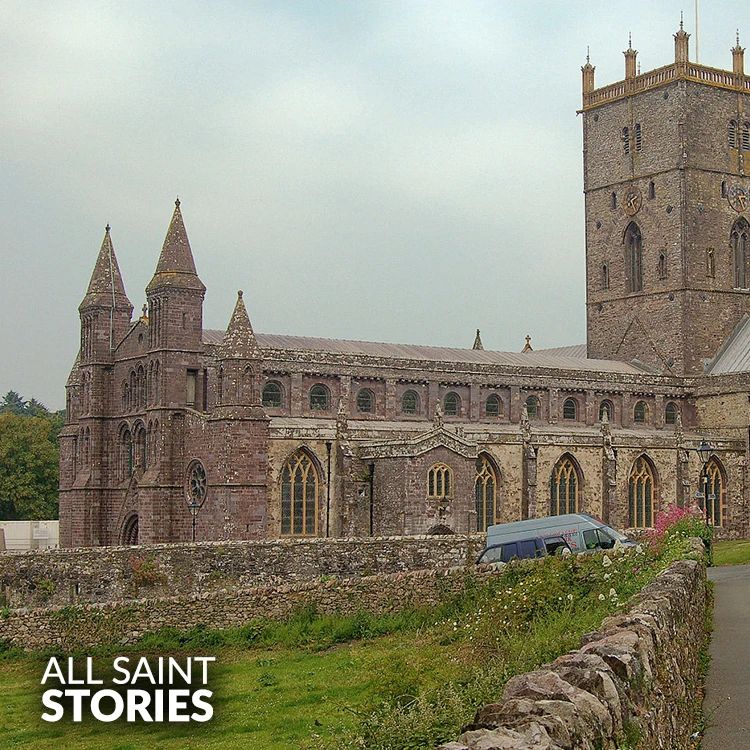
 English
English
 Italian
Italian
 French
French
 Spanish
Spanish
 Malayalam
Malayalam
 Russian
Russian
 Korean
Korean
 Sinhala
Sinhala
 Japanese
Japanese
 Arabic
Arabic
 Portuguese
Portuguese
 Bantu
Bantu
 Greek
Greek
 German
German
 Dutch
Dutch
 Filipino
Filipino